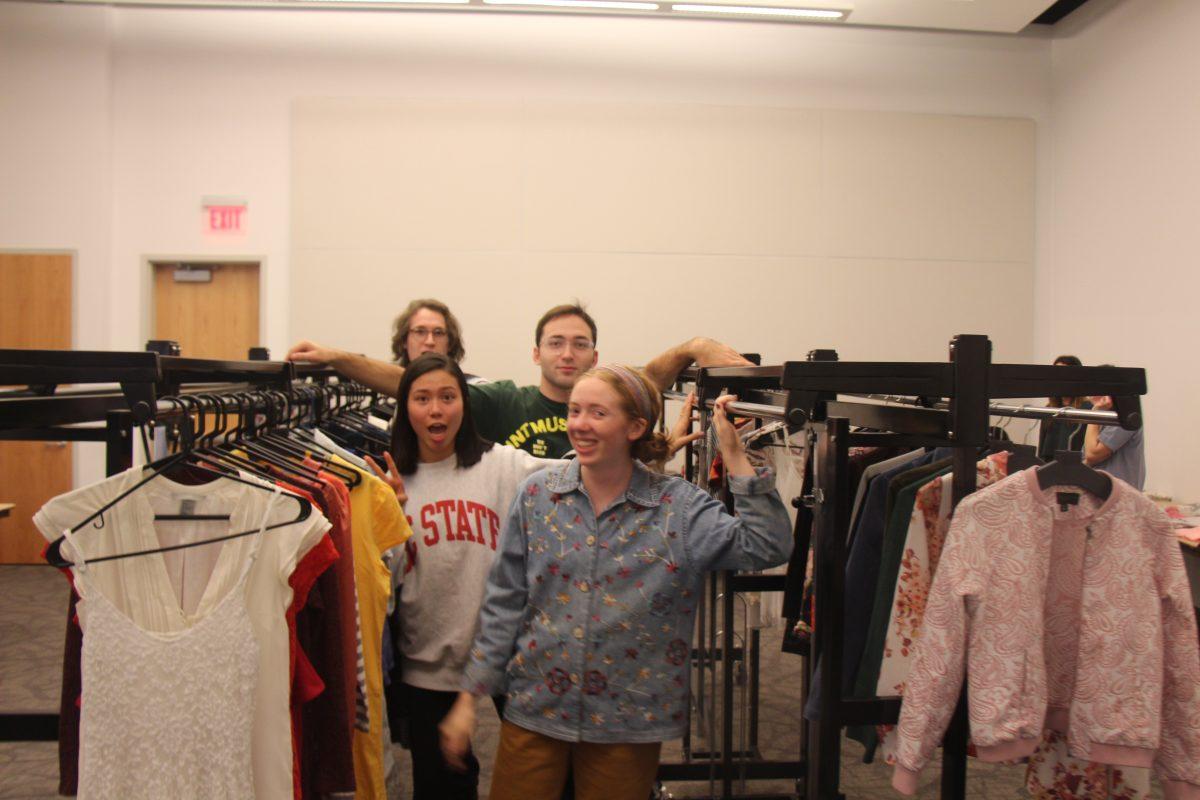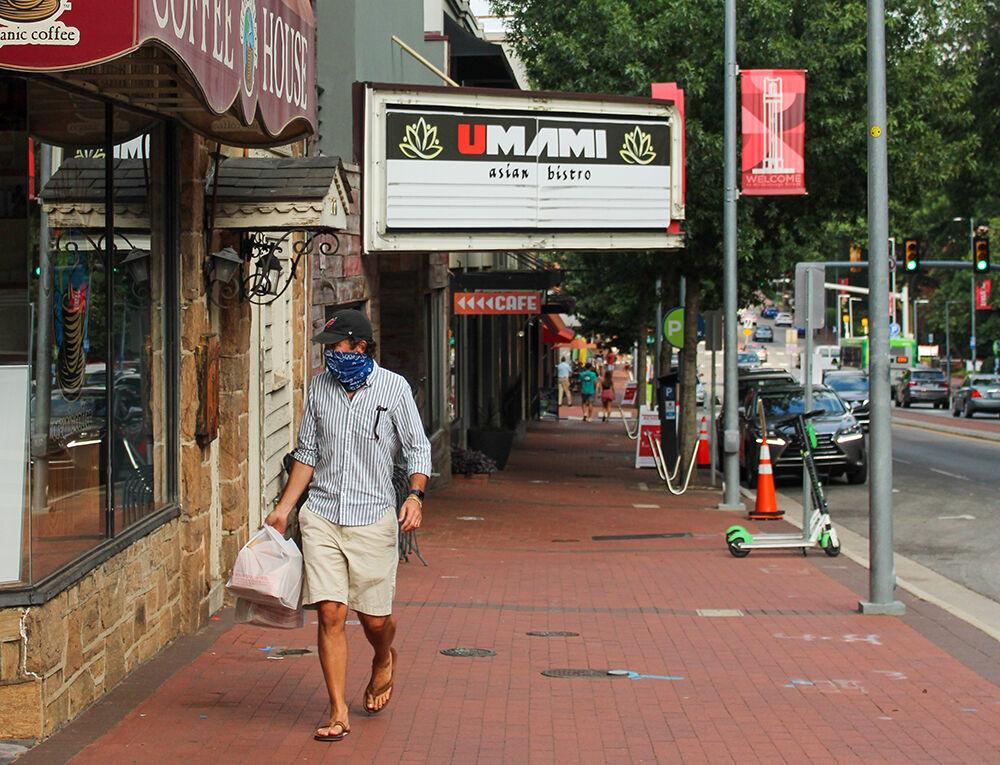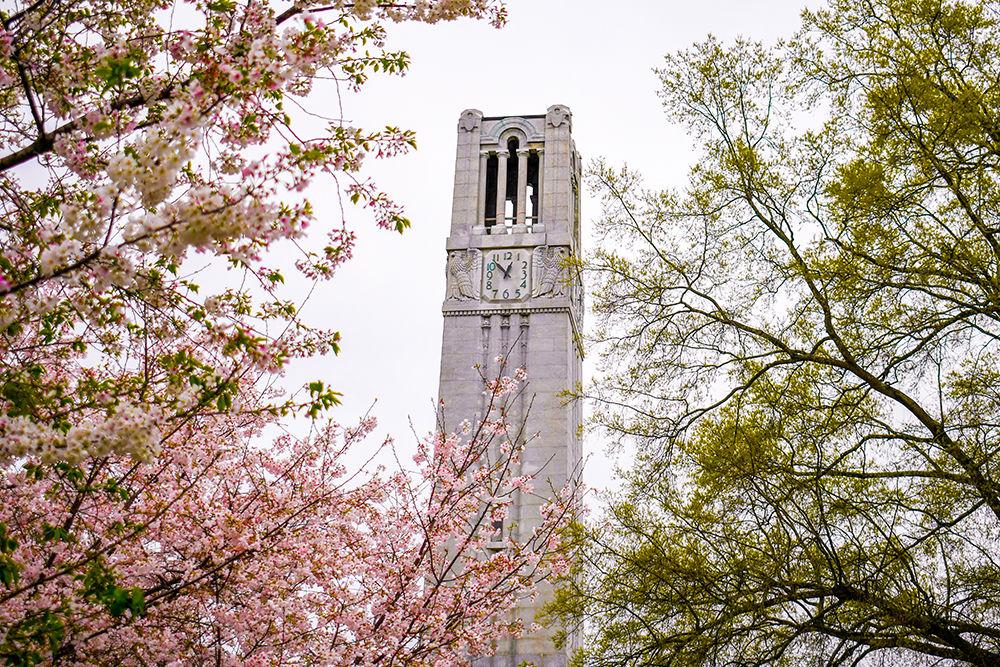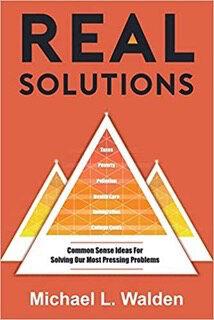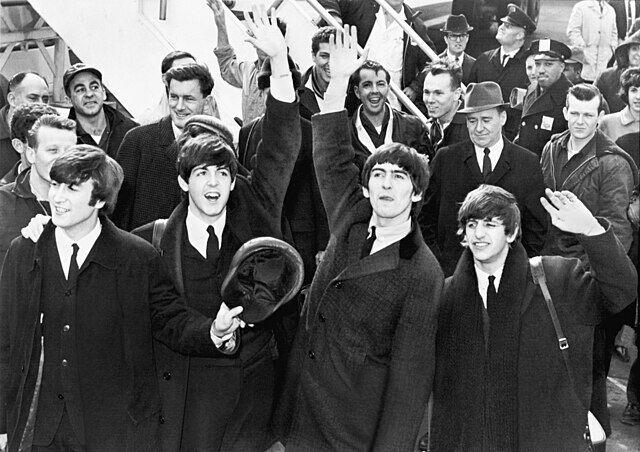The Moise A. Khayrallah Center for Lebanese Diaspora Studies recently screened the documentary “The Romey Lynchings: A Story Of Lebanese Immigrants” on Thursday, Feb. 11 via Zoom. The film has won several awards and was most notably selected to four international film festivals in 2020 and 2021.
According to Akram Khater, a history professor and director of the Khayrallah Center, the film recounts the events of May 17, 1929, when N’oula and Hasna Romey, a Syrian/Lebanese immigrant couple, were killed in South Florida in an act of racist violence. N’oula was one of 10 people lynched by white mobs across the country in 1929. Hasna was shot by the Lake City police in the Romeys’ store.
Khater said he came across the Romeys’ story while reading an Arabic newspaper published in New York for research for his first book. He filed it away to return to and soon forgot about it while finishing his dissertation. He credits Sarah Gualtieri, a professor of American studies and ethnicity, history and the Middle East at the University of Southern California, with rekindling his interest in this case.
“Gualtieri wrote a book about race and Arabs in America; it’s called ‘Between Arab and White,’” Khater said. “She has a chapter in which she really kind of goes into depth, and I think she was the first person that met one of the daughters [of the Romeys], who we highlight in the film actually, and so from that point forward, it became obvious this story was very interesting to me.”
A noted theme throughout the Romeys’ story is the unclear and shifting racial identity of immigrants — and Arab Americans particularly — throughout American history. Khater notes that the 1920s were a period of increased nativism and anti-immigrant sentiment throughout the United States due to an increase in immigration from Eastern Europe and the Middle East.
Immigrants like the Romeys had to navigate both an America that believed the white, Anglo-Saxon, Protestant identity was threatened, as well as their own relationship to the American racial hierarchy, Khater said. These murders worried many Arab Americans and Arab immigrants because they saw this as a sign that white people viewed them in the same light as other racial and ethnic minorities. In the immediate outrage and fear generated by N’oula and Hasna Romey’s deaths, many within the Arab American community felt they could be best protected from white-supremist violence by clinging closer to whiteness.
Khater said the Arab American and Arab immigrant community across the country came together to protest the racist murder of this couple.
“There was a great deal of outrage at the violence, huge,” Khater said. “It was spread everywhere, all the way to California. People were gathering money to help with the amount of legal cases. Merchant associations from as far as Texas were writing to the governor of Florida protesting this.”
Khater believes this murder was the most gruesome and well-known attack on Lebanese immigrants in the United States, but was the result of a pattern of racist violence against immigrants and Arab Americans.
In remembering and marking the Romeys’ story in American history, space is given to reflect on the tragedy and violence wrought by racism and anti-immigrant sentiment. When discussing her family’s story at the documentary viewing’s Q&A session, Sandy Moses Ryland, the great-niece of the Romeys, said, “The family has always had a difficult time talking about this story. I still have a difficult time talking about them and what they went through.”
In bringing the murder of N’oula and Hasna Romey to public consciouness, Ryland hopes to tell the story that has haunted her family throughout generations, as well as bring light to issues that still plague America today.
The Romey Lynchings is featured in full on the Khayrallah Center’s YouTube.



